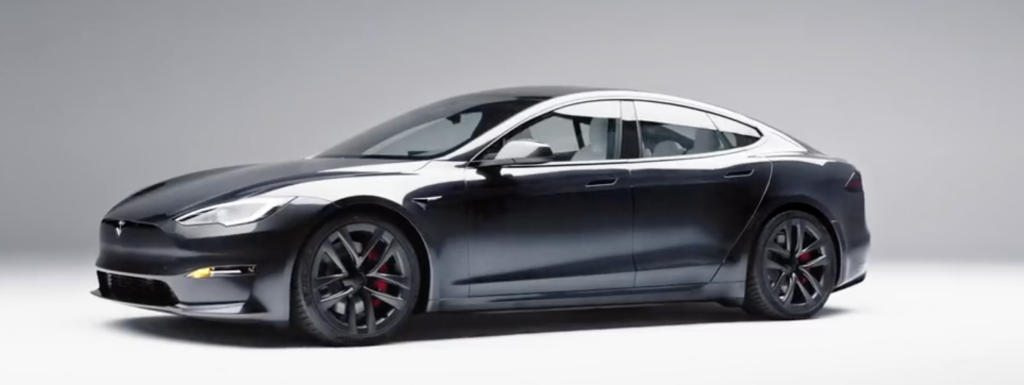Tesla‘s recent recall of over 2 million vehicles in the United States has raised questions regarding the evolution of automated driving systems. This was aimed towards addressing issues with the Autopilot feature, and how the ongoing challenge of balancing innovation with safety is forcing manufacturers to tread a very thin line, especially with autonomous EVs.
The new update to Autopilot has better visual alerts and ease of use.
Autopilot, a semi-autonomous driving system, has been a key selling point for Tesla. It allows cars to steer, accelerate, and brake automatically within their lanes. However, the National Highway Traffic Safety Administration (NHTSA) found that the system’s driver monitoring methods were insufficient, leading to potential misuse. This recall, covering models Y, S, 3, and X made since 2012, is not just a technical fix but a critical step towards safer roads.

The software update at the heart of this recall is designed to enhance driver engagement. It includes more prominent visual alerts and simplifies the activation and deactivation of Autosteer, a key component of Autopilot. These changes aim to ensure that Autopilot is used as intended – as an aid, not a replacement for an attentive driver.
Interestingly, Tesla agreed to the recall not because it concurred with the NHTSA’s findings, but to conclude the investigation. This highlights a complex relationship between innovators and regulators in the rapidly evolving field of automotive technology.
Safety advocates have long called for stricter monitoring systems, like camera-based checks, to ensure drivers remain attentive. Tesla’s recall reflects a broader industry trend towards more robust safety mechanisms in semi-autonomous vehicles.
This recall also raises questions about the naming of such systems. Critics argue that terms like ‘Autopilot’ can be misleading, suggesting more autonomy than these systems actually provide. The importance of driver responsibility cannot be overstated, even as cars become more technologically advanced.
This might be a pivotal moment for the automotive industry. Why, you may ask? It not only addresses specific safety concerns but also prompts a wider discussion about the role of technology in driving and the importance of maintaining a balance between innovation and safety. As we move towards an increasingly automated future, it’s crucial that these systems are developed and used with the utmost caution and responsibility.
RELATED:
- Tesla finally reveals Cybertruck pricing, costs range between $60,000 to $100,000
- Tesla Announces an Optional Extender for Cybertruck’s Range, Bumping it to 500 Miles
- Xiaomi Smart Band 8 Pro Genshin Impact Special Edition up for sale
- Best Messaging Apps for Android in 2023
(Via)







